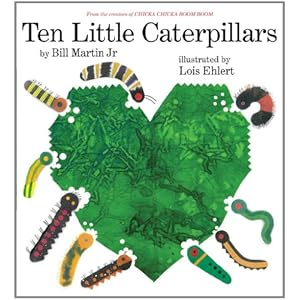Every year I create reindeer with my second graders. I found the idea for this lesson from an Arts and Activities article. The teacher in the article used corrogated cardboard for the bodies of the reindeer. I tried this myself several years ago, however the prep for that began to overwhelm me and my hands. I found a great solution... brown bordette. This isn't an easy color to find so when I see it I will grab as many as I can.
The bordette or corrogated cardboard is an excellent material to use if you want to create a lesson involving 'texture'.
This is our product from the first day of reindeer.
I pre-cut the bordette and give each student one piece. They are to draw a large oval and rectangle for the body. If you are unsure your students can handle that you can always pre-draw these shapes and I can pretty much guarantee they will still all turn out differently.
Students cut out the oval and rectangle. Glue onto blue background. We use scraps for legs. Then we use smooth materials for the eyes, nose, and antler. I tend to use construction paper scraps from throughout the year to supply these parts.
Circles for eyes, pupils, and nose. I tell students they can choose to have a black or red nose. Most of them want to create Rudolph, but I like for them to have options. To make the antlers, I tell students to draw a capital letter Y. Then put a line in the middle to look like a chicken leg. Oh they love that! Then draw a bubble around the chicken leg and cut on the bubble. I tend to have fewer antlers fall apart when we do our 'bubble'.
Next week we will wrap up these reindeer with a soft textured cotton tail and paint the snow on the ground. We use sponge brushes (sponges clipped with clothespins) to paint the ground, then q-tips or eraser ends of pencils to add snowflakes to the sky.
This project takes me about 2 forty-minute classes to complete with my students. The first day involves constructing the body which is most time consuming. The last day is completing the landscape.
Materials:
9 x 12" blue paper for background
Brown bordette or corrogated cardboard (I've also used just brown construction paper scraps when materials were hard to find)
Red, black, white, and brown construction paper pieces/scrap
Cotton balls torn into small pieces
White tempera paint
Sponge brushes
Scissors
Glue
Pencils
My other classes are starting poinsettias, penguins (2 kinds), and cardinals. Will hopefully have some visuals of those to share soon.
I love this time of year!

















































